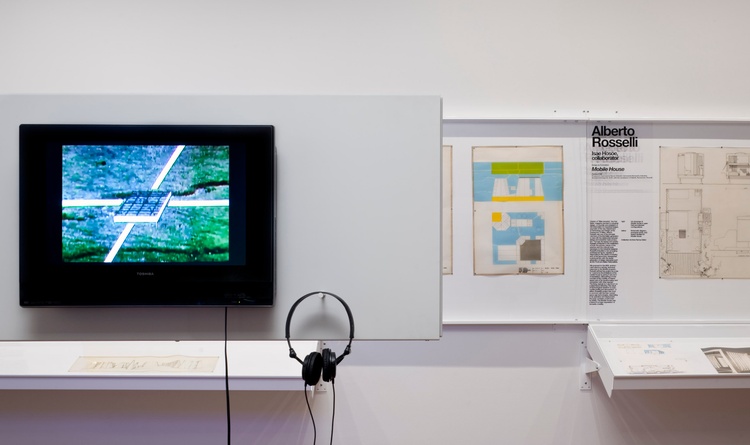A
AIA CES Credits
AV Office
321M Fayerweather Hall
Abstract Publication
415 Avery Hall
Academic Affairs
400 Avery Hall
Academic Calendar, Columbia University
Academic Calendar, GSAPP
Admissions Office
407 Avery Hall
1172 Amsterdam Avenue
New York, New York 10027
Advanced Standing Waiver Form
Must be printed and returned to 400 Avery Hall
Alumni Board
Alumni Office
405 Avery Hall
1172 Amsterdam Avenue
New York, New York 10027
Architecture Studio Lottery
Assistantships
Avery Library
300 Avery Hall
1172 Amsterdam Avenue
New York, NY 10027
Avery Review
Avery Shorts
B
Black Student Alliance at Columbia GSAPP
Building Science & Technology Waivers
Bulletin Archive
C
Career Services
300M Avery Hall
Columbia Books on Architecture and the City
Commencement
Communications Office
415 Avery Hall
Conversations podcast
Counseling and Psychological Services
Courses
Credentials Verification
Credit Transfer
Cross Registration
D
Dean’s Letter
Dean’s Office
402 Avery Hall
1172 Amsterdam Avenue
New York, NY 10027
Development Office
404 Avery Hall
Directory of Classes (All Columbia University)
Disability Services
Dodge Fitness Center
3030 Broadway Dodge
Dual Degree Program Requirements
E
End of Year Show
Events Office
415 Avery Hall
External Funding Sources
F
Faculty Directory
Feedback
Finance Office
406 Avery Hall
Fitch Colloquium
Future Anterior Journal
G
GSAPP Community Fellowship Program
GSAPP Emergency Fund
GSAPPX+
Grades
Graduation
Graphics Project
H
Honor System
Human Resources
Hybrid Pedagogy Resources
I
IT Helpdesk Ticket, GSAPP
IT Office, GSAPP
IT, Columbia University (CUIT)
Identity
Incubator Prize
International Students and Scholars Office (ISSO)
N
News and Press Releases
Newsletter Sign Up
Non-Discrimination Statement and Policy
O
Onera Prize for Historic Preservation
Online Admissions Application
GSAPP Admissions 407 Avery Hall
Output Shop
116 Avery Hall
1172 Amsterdam Avenue
New York, NY 10027
Ownership of Student Work Policy
P
Paris Prize, Buell Center
Paul S. Byard Memorial Lecture Series
Percival & Naomi Goodman Fellowship
Plagiarism Policy
Policies & Resources
Press Releases
Publications Office
415 Avery Hall
1172 Amsterdam Avenue
New York, New York 10027
R
Registration
Registration: Add / Drop Form
Room Reservations
S
STEM Designation
Satisfactory Academic Progress
Scholarships
Skill Trails
Student Affairs
400 Avery Hall
Student Awards
Student Conduct
Student Council (All Programs)
Student Financial Services
Student Health Services at Columbia
Student Organization Handbook
Student Organizations
Student Services Center
205 Kent Hall
Student Services Online (SSOL)
Student Work Online
Studio Culture Policy
Studio Procedures
Summer Workshops
Support GSAPP
ENVIRONMENTS AND COUNTER ENVIRONMENTS
Graham Foundation, Chicago
The celebrated 1972 exhibition Italy: The New Domestic Landscape curated by Emilio Ambasz at the Museum of Modern Art embodied a careful, analytical approach to categorization. The exhibition encountered the dynamic and complexly political Italian design context of the early seventies, which it examined and organized into a matrix of categories, differences and distinctions.
A first order of distinction separated Objects - reformist, conformist or contestatory - from Environments, themselves divided among design as postulation, design as commentary and counterdesign as postulation. In a cunning reversal the Objects section was installed in the comparatively natural environment of the sculpture garden while the Environments were placed within the more conventionally institutional space of the museum galleries. This internalizing maneuver implied that the exhibition would stage an assessment of not only these specific environments but also of “environment” as an architectural term or strategy. By 1972 “environment” had already circulated through architecture and design from across a range of disciplines and through diverse filiations, from the environmental design movement and its association with the social and behavioral sciences, to biology, cybernetics and the defense industries, through to a more current notion of environment as linked to questions of ecology. While discriminating among the various attitudes, politics and strategies of the participants the exhibition also tested the viability of the category itself, and at the same time considered the potential survival or disappearance of architecture, away from its objecthood and into an environment of perceptual relations, behavioral configurations, and “domestic rituals.”
To demonstrate their environments’ alterability the designers were asked to provide a film component. Several of the architects instead chose other media approaches, while Enzo Mari refused the installation and submitted only a text for the catalogue. Implicit in the responses was recognition that the conjunction of environment and media, especially within the intensely scrutinized location of the museum, would have the capacity to generate what Ugo La Pietra would call “unbalancing systems.“ Beyond illustrating the performance of the environments, the films and other media projects more carefully registered the design positions of the architects especially as calibrated in relation to a recent history of experimental multimedia work, and expanded media practices.
The current exhibition brings together for the first time since 1972 the entire set of films produced for the original exhibition, many of which survive only from the 8 mm cartridges onto which they were transferred for the 1972 exhibition. The related design documents show a range of attitudes toward the conception and theoretical imperatives of the environments themselves and in this respect the current exhibition encounters again medias and environments and their potential for thinking anew the boundaries of architecture, domestic spaces, their conditions and territories.

















